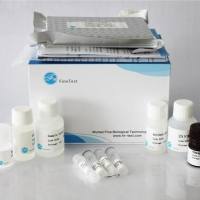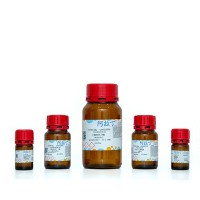Diabetes is a debilitating condition which can lead to chronic vascular, renal, and ophthalmic disease. Type I or Juvenile Diabetes is caused by the destruction of beta cells within the islets of Langerhans within the pancreas. The beta cells are able to maintain tight control of blood glucose levels by virtue of their ability to secrete insulin in response to small increases in blood glucose concentration. In the absence of beta cells patients with Type I diabetes are dependent on the exogenous administration of insulin. This results in imperfect control of blood glucose levels. In early animal and human studies, it was shown that the transplantation of allogeneic pancreatic islets into the liver via the portal vein, coupled with low-dose immunosuppression, could lead to insulin independence and tight blood sugar control. Since these seminal studies, it has been clinically demonstrated that islets isolated from cadaveric pancreases and transplanted into the portal vein of immunosuppressed patients can maintain a state of insulin independence for upwards of 5 years. This chapter describes a method of isolating and formulating pancreatic islets from the human cadaveric pancreas.






